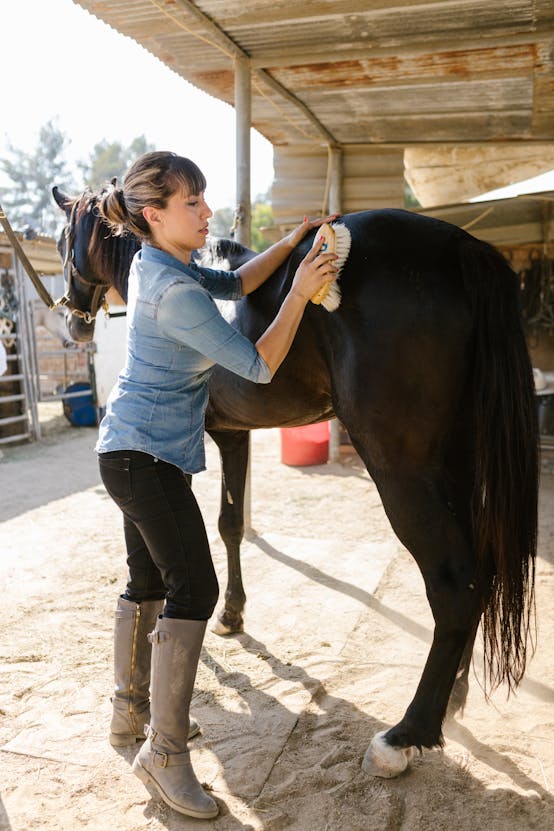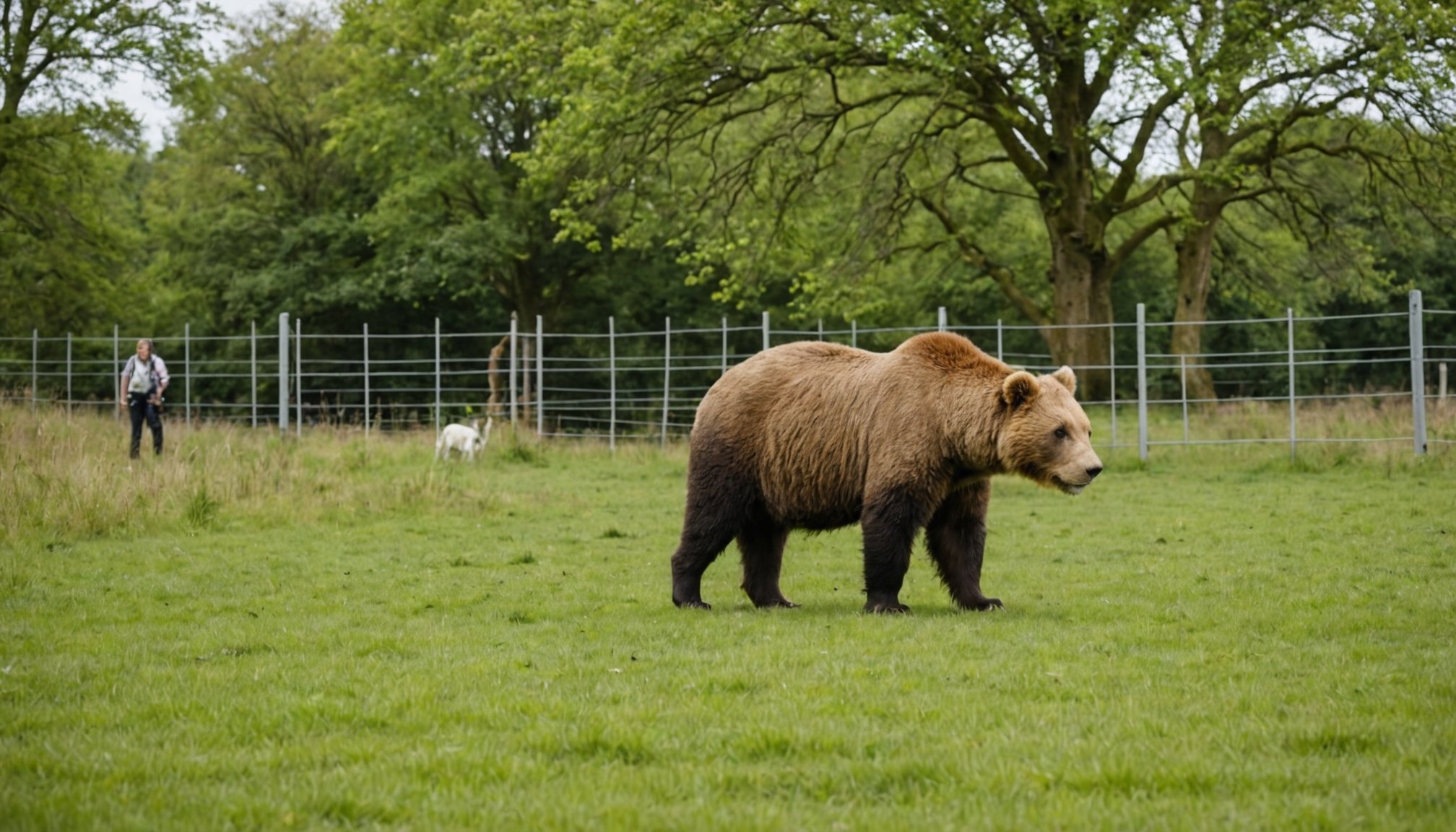Overview of Animal Escape Incidents in Wildlife Parks
Animal escape incidents in UK wildlife parks have raised safety concerns for visitors and wildlife. Recent statistics indicate a noticeable number of such incidents, emphasizing the need for improved wildlife park management. Various common factors often lead to these escapes, such as inadequate enclosure maintenance, human error, and unexpected animal behaviour.
Ensuring the security of animal enclosures is pivotal. Parks often face challenges due to ageing infrastructure or budget constraints, which can contribute to incidents. Human error, such as gate mishandling or improper feeding procedures, further complicates the issue. Additionally, animals may act unpredictably, exploiting weaknesses in their environment to escape.
Avez-vous vu cela : How Climate Change Influences Coastal Bird Populations in the UK: Unveiling the Impact
The impact on public safety is significant. Escaped animals pose a direct threat to visitors and nearby communities, requiring swift action to prevent dangerous encounters. Wildlife wellbeing is also at stake, as escapees risk injury, stress, or loss when separated from their familiar habitats.
Wildlife park management must prioritize regular assessments of containment facilities and staff training to mitigate these risks. By addressing weak points proactively, parks can enhance visitor safety and ensure the welfare of their animals.
Sujet a lire : Effective Strategies for UK Residents to Diminish Light Pollution and Protect Nocturnal Wildlife
Legal Framework and Regulatory Requirements
Navigating the wildlife park regulations in the UK is crucial for ensuring safety and compliance. Key regulations underpinning these responsibilities often include health and safety laws, animal welfare statutes, and environmental protection standards. These regulations are designed to harmonise the operation of parks with broader societal values and legal norms.
Wildlife park operators invariably shoulder significant legal obligations. Among their core responsibilities is ensuring the safety of both animals and visitors. This involves maintaining secure enclosures, conducting regular safety audits, and implementing emergency protocols. Operators must also adhere to guidelines that safeguard animal welfare, ensuring conditions conducive to the physical and psychological health of the wildlife.
Non-compliance can lead to severe repercussions, including hefty fines, legal actions, or even the revocation of operating licenses. For instance, in the event of an escape incident, the primary focus for authorities investigating such events will be to examine whether the park adhered to established compliance standards. Should an operator be found negligent, potential consequences could extend beyond legal ramifications to include reputational damage, impacting both public perception and business viability.
Understanding and aligning with these stringent wildlife park regulations is not merely a formality but a fundamental pillar supporting the sustainable and ethical operation of wildlife parks.
Best Practices for Preventing Animal Escapes
Effectively preventing escapes in animal facilities requires a continued focus on both enclosure design and staff procedures.
Enclosure Design and Maintenance
A well-thought-out enclosure design is the first line of defense against animal escapes. Enclosure design should prioritize secure fencing and adequate barriers tailored to specific species needs. Regular maintenance is crucial to handle wear and tear, ensuring all enclosures remain up to standard. Inspections should routinely check for structural weaknesses and any potential points of egress. By staying proactive, potential issues can be addressed before they become significant problems.
Staff Training and Protocols
Proper staff training is essential for successful escape prevention. Training programs should include comprehensive safety protocols aimed at preventing and responding to escapes. Staff should be familiar with the animals’ behavior and the specific requirements of their enclosures. Knowing how to spot early signs of potential escapes, such as unusual behavior or damage to barriers, plays a critical role in prevention.
Emergency Response Plans
Even with the best prevention measures, incidents can occur, making emergency response plans vital. These plans should detail immediate actions to contain or recover escaped animals, minimizing harm to both the animals and the public. Drills and evaluations ensure that when emergencies arise, responses are well-coordinated and swift.
Case Studies of Animal Escape Management
In recent years, parks in the UK have faced challenges with animal escape incidents. These events offer unique insights into successful escape management strategies and key lessons learned. One notable case involved a red panda’s escape from a park in Northern Ireland. The swift response included deploying a dedicated team for round-the-clock surveillance, leveraging technology to track its movements.
Strategies are diverse across incidents. In a tiger escape at a Kent zoo, tranquilizers were effectively used after securing visitor areas. The swift closure of gates prevented further escalation. Another case in a Welsh park revolved around a capuchin monkey, where communication lines with local residents were established early to aid in a safe return.
Lessons learned include refining emergency drills and frequently revisiting escape protocols. Animal-specific behaviour knowledge proved essential; understanding habits can guide parks in containment and recovery. Recommendations suggest that parks should invest in advanced monitoring systems and reinforce staff training programs to handle such situations adeptly.
These case studies collectively highlight the need for robust escape management plans and adaptability to implement strategies tailored to each incident’s unique demands.
Checklist for Wildlife Park Staff
Ensuring the smooth operation of a wildlife park involves detailed attention to safety measures. A comprehensive staff checklist is vital for maintaining standards. This checklist should encompass daily safety inspections for enclosures. Regular inspections help identify potential hazards such as damaged fencing or faulty gates.
Moreover, monitoring animal behavior is crucial. Vigilant observation allows staff to respond proactively to unusual or aggressive conduct. Employing this measure reduces risks to both animals and visitors.
Protocol implementation enhances these strategies. Staff members should be trained to follow established procedures meticulously. Emphasize a culture of safety awareness amongst staff. Encourage them to actively engage in safety briefings and exercises. Regular updates on safety protocols help in reinforcing these habits.
- Conduct daily inspections
- Regularly monitor animal behavior
- Adhere to established safety protocols
- Promote a culture of safety awareness
By maintaining a vigilant approach and ensuring adherence to the staff checklist, the park can safeguard the welfare of its animals, staff, and visitors effectively.
Collaboration with Regulatory Bodies and Organizations
Working closely with wildlife safety organizations ensures parks maintain safe environments for both humans and animals. These organizations offer vital guidance and expertise, helping park managers navigate challenges related to wildlife conservation and visitor safety.
Regulatory collaboration is crucial, as it involves coordination with both governmental and non-governmental agencies. Agencies such as the Environmental Protection Agency (EPA) and nonprofit groups provide necessary resources. These resources include best practices, regulatory updates, and technical assistance aiming to protect wildlife habitats and promote responsible park management.
Successful collaborations between parks and regulatory bodies are numerous. For example, several parks have partnered with agencies to implement sustainable fishing practices, demonstrating professional resources in action. These partnerships have led to improved fish populations, benefiting both local ecosystems and the fishing community.
In addition, the integration of expert advice from wildlife safety organizations has prevented conflicts between visitors and animals, ensuring a harmonious coexistence. By utilizing comprehensive support and guidance, parks can enhance their conservation efforts and visitor experiences while safeguarding the environment. Recognizing these collaborative efforts highlights the pivotal role of cooperation in achieving sustainable wildlife management goals.













